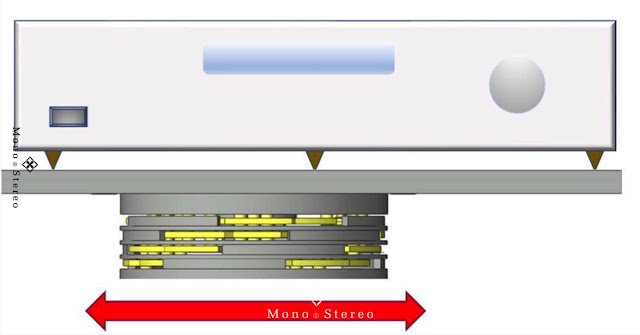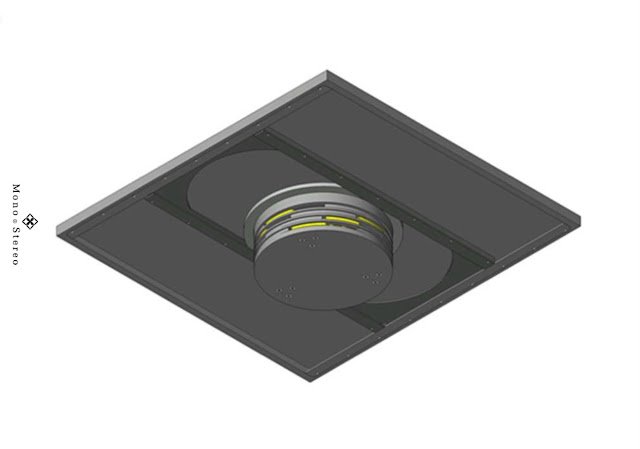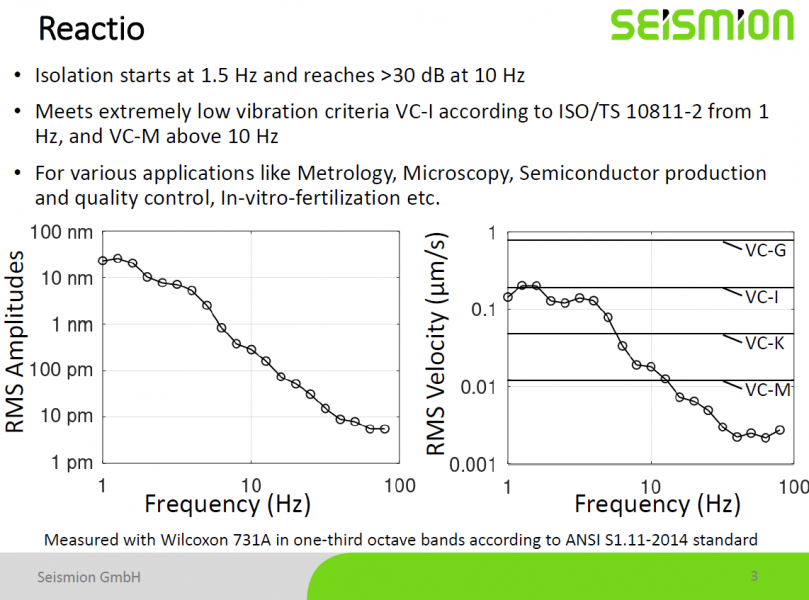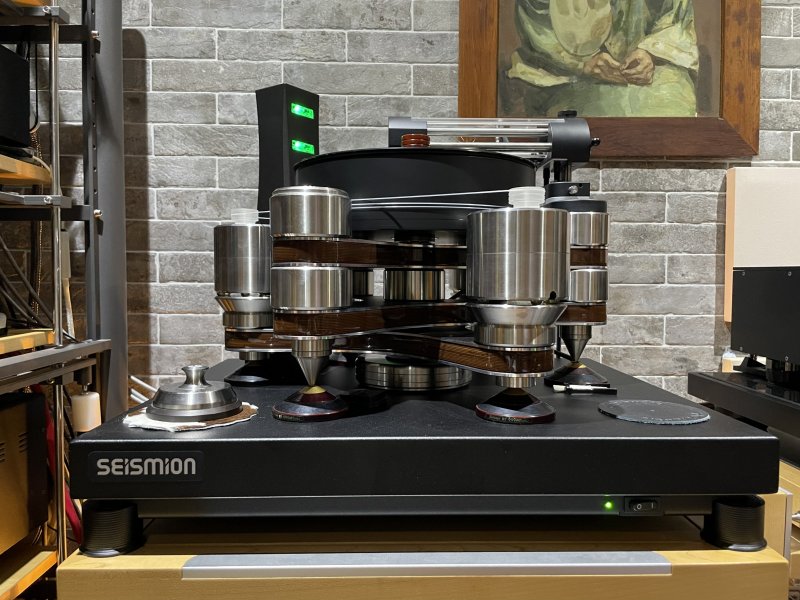Probably the graph we showed above with the spectrum given in RMS velocity is a bit difficult to read/understand for some users. In metrology, the spectra are typically given in RMS velocity of third-octave bands, and the abbreviation 'VC' refers to 'Vibration criteria'. You find several websites at TMC, MinusK, Newport and Seismion if you want to read further details about that.
I have converted the velocity spectrum into an amplitude spectrum, which might be more familiar to you. Basically you see that the 'Reactio' still isolates vibrations down to nanometer and even picometer scale.
View attachment 102777
The Wellfloat Babel, which is a passive isolator and mentioned above in this thread, claims that it can diminish vibrations down to the molecular level. While this is not a very precise definition, it should be in the range of 1 nanometer.
As our measurements prove, also our 'Reactio' is capable to isolate such small vibrations and even below. This should be the reason why users of high quality isolators experience a 'revelation of dynamics at extreme whispering volume'.
But there is a fundamental difference between all passive and all active isolators, which is cruical to music reproduction, I believe:
All passive isolators rely on a very soft and weakly damped structure (a pendulum in case of Wellfloat Babel), because they do not generate any active counter force per se, and therefore need to cut the excitation-path from the ground as much as possible. The drawback is, that they are extremely sensitive to direct excitations (for example a turntable), and the settling time is very long, since the soft and undamped support does not create significant counterforces. You can imagine if you hit the pendulum, it will move forward and backwards for several seconds if not longer. An active isolator like 'Reactio' relies on a 'skyhook-damping' principle (see
https://seismion.com/technology/). The support element is much stiffer than for high-quality passive isolators, and on top there is active damping due to feedback control. This constellation settles all direct excitations within a fraction of a second, since the synthetic damper is rather stiff.
My educated guess would be following:
A fast settling of active isolators brings it a big step ahead of passive devices. This will be especially recognizable when the dynamics of music strongly changes from very loud to suddenly very quiet, like in classical music for example. Passive isolators would continue to vibrate for some seconds until vibrations are settled to the nanometer range again. Consider to hit a pendulum and it would vibrate for many periods until eventually stopping. I think that this would have a 'smearing' effect on the reproduction after some percussive sounds like drums or even from the piano.
So, especially when we talk about dynamics, the transmissibility is not the only measure to look at.
But of course I totally agree - the best way would be to experience the difference by a side-by-side listening comparison. This is just a technical explanation of the physical principles behind it.
Marcus







